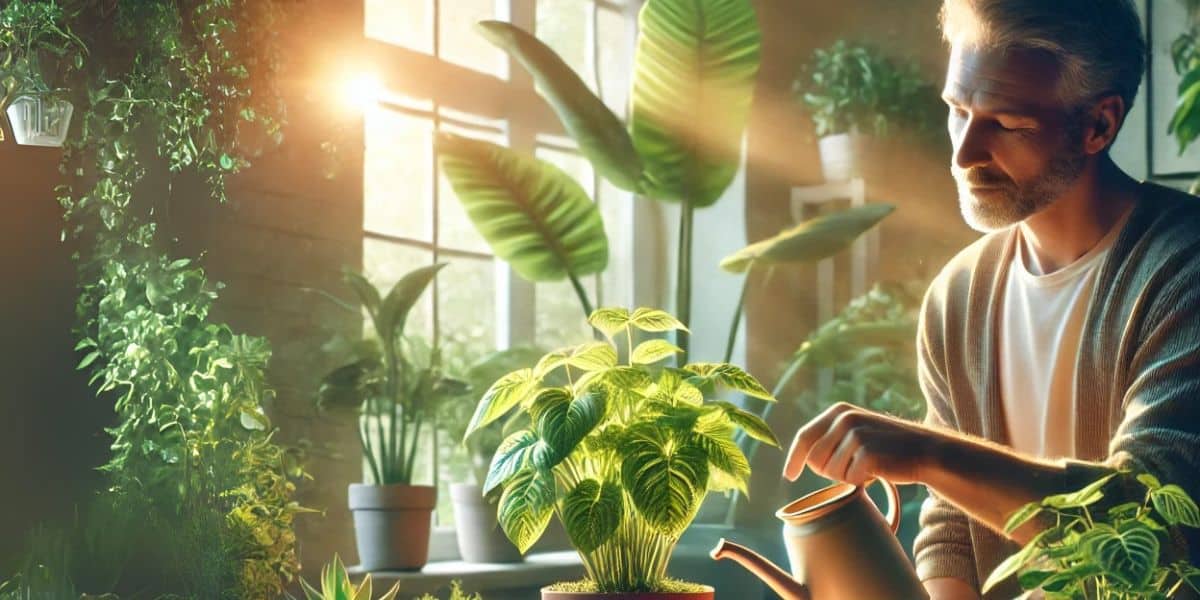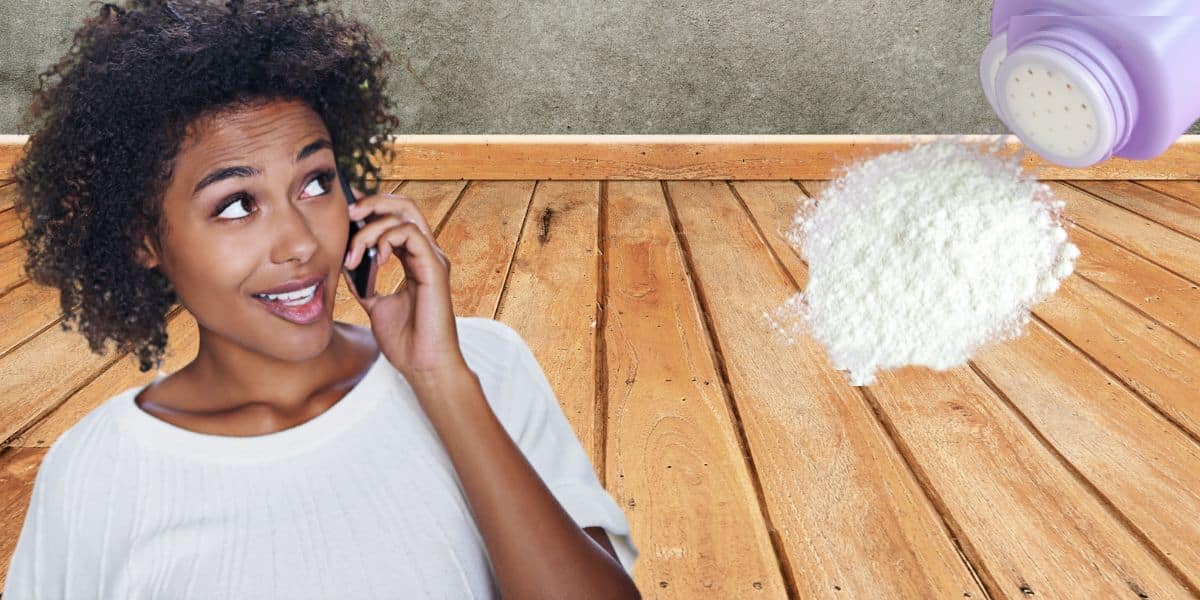Discover the secret to lush, thriving houseplants! 🌿✨ With these expert-approved fertilizing tips, you can ensure your indoor plants get the nutrients they need to flourish. Whether you’re a seasoned plant parent or just starting your indoor jungle, understanding when and how to fertilize can make all the difference. 🏡💚
Indoor plants rely on you for proper care, and fertilization plays a crucial role in their growth. Over time, potting soil loses essential nutrients, and without replenishment, plants can become weak or stop growing altogether. By following a few key fertilization strategies, you can keep your houseplants looking vibrant and healthy all year round. Read on for expert-backed advice on when, how, and what to feed your indoor greenery! 🌱
Choose the right fertilizer
Not all fertilizers are created equal, and selecting the right one for your indoor plants is essential. A balanced, water-soluble fertilizer, such as 10-10-10 or 20-20-20, works well for most houseplants. For flowering plants, look for a formula higher in phosphorus, while foliage plants benefit from nitrogen-rich blends.
If you prefer organic options, consider using compost tea, worm castings, or liquid seaweed extract. These natural alternatives provide nutrients gradually and improve soil health over time.
Know when to fertilize
Timing is everything when it comes to fertilization. Houseplants experience active growth in spring and summer, making these the best seasons to feed them. During these months, apply fertilizer **once a month** or as recommended on the product label.
In fall and winter, most indoor plants enter a **dormant phase**, requiring little to no fertilizer. Overfeeding during this period can lead to salt buildup in the soil, which may harm your plants. If you notice slowed growth, reduce fertilization to every **other month** or pause it entirely.
Apply fertilizer correctly
To prevent over-fertilization, always follow these golden rules:
Slow-release fertilizers are another great option, providing a steady supply of nutrients over time. Simply mix them into the soil at the start of the growing season for low-maintenance feeding.
Signs your plant needs fertilizing
Not sure if your houseplants need a nutrient boost? Watch for these common signs:
If you notice any of these symptoms, check your fertilization routine and adjust as needed.
Frequently asked questions
Can I use coffee grounds or eggshells as fertilizer? Yes, but in moderation! Coffee grounds add nitrogen, while eggshells provide calcium. However, they break down slowly, so they work best when composted first.
How do I fix over-fertilization? If your plant has fertilizer burn (brown leaf tips or crusty soil), flush the soil with water several times to remove excess salts and avoid fertilizing for a few weeks.
By following these fertilizing tips, your indoor plants will thrive, adding beauty and fresh air to your home. 🌿✨ Keep experimenting with different fertilizers and schedules to find the perfect routine for your green companions!
For more indoor gardening advice, check back often for fresh tips and inspiration. Happy planting! 🌱💚





